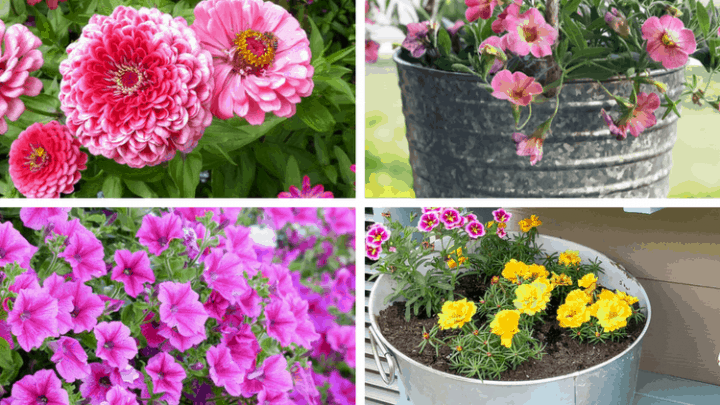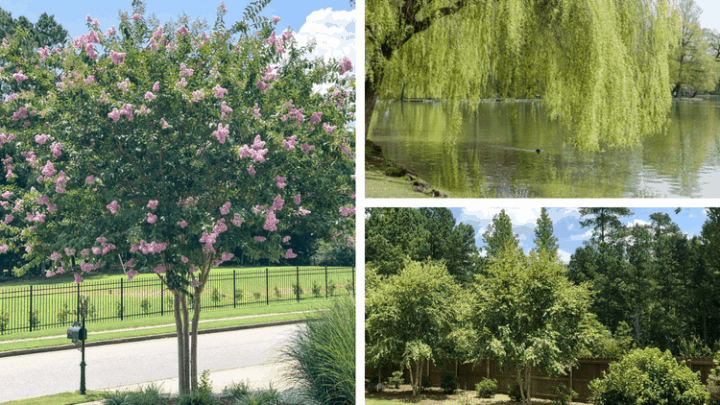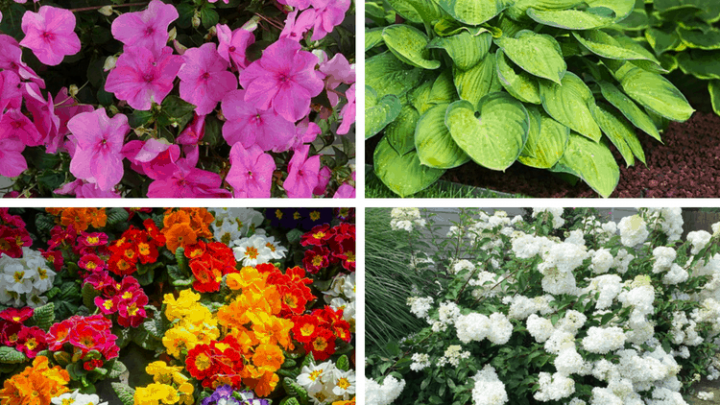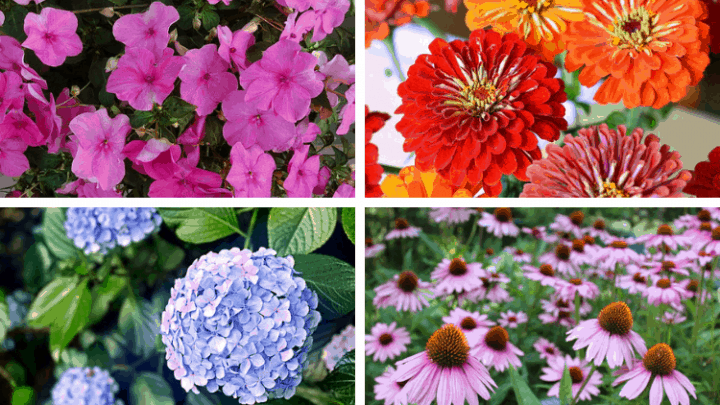Zinnias are some of the easiest flowers to grow and are perfect for all gardening skill levels from beginner to expert. They are what I like to call easy and quick win plants. But how do you know if they are right for your area? I’ll show you what planting zones are good for Zinnias and the ideal time to plant!
Zinnias are classified as annuals, but they will produce seeds each year which keeps new plants coming back each year. The seeds and plants are inexpensive and readily available. And the short answer to what planting zones are good for Zinnias is Zones 3 through 10.
Zinnias can be planted from seeds or transplanted as plants. Your local garden center will likely have these in abundance if they’re good for your hardiness zone.
When to Plant Zinnias based on Hardiness Zones?
Plant hardiness zones are zones created by the USDA that assist gardeners with matching up their climate with ideal plants.
To find your zone, all you need to do is enter your zip code into this map. Now you know your zone.
And you can start matching up your plants with your hardiness zone. For example, if you live in Zone 1, you most likely won’t plant an abundance of cactus varieties.
Many plants you buy commercially will have an information tag with it describing the ideal conditions. Variables such as light requirements, planting zones, water requirements, and size information will help you choose the right ones.
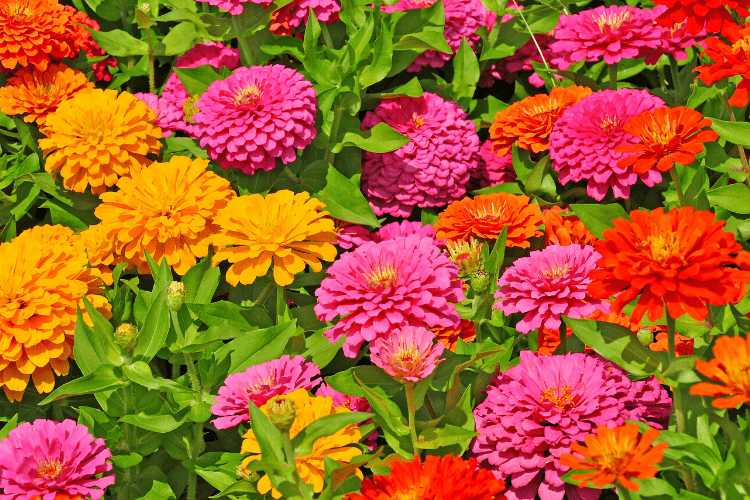
Now that you know your zone, when can you plant your Zinnias?
The most important factor when deciding what zones are good for Zinnias is the date of the last frost. Zinnias do not like frost and do not typically handle it well.
So as soon as the threat of frost is over, you can start your seeds. Trust me. I’ve made the impatient mistake before of not waiting long enough and we had one more frost in April (even in zone 8) and it destroyed my plants. Waste of money and time, but a good lesson learned.
It’s hard to wait, especially when you get the first hints of Spring in the air. But if you just can’t wait to plant, I’d choose something a little more cold hardy than Zinnias.
For a very specific answer of your last frost based on years of Farmer’s Almanac, check out this handy tool to narrow it down to your specific zip code! For a general idea, the dates below are a good starting point. Remember, they are estimates – enter your specific zip code to get a better idea.
Zone 3
Dates of last frost: April 30th to May 15th
Zone 4
Dates of last frost: April 25th – May 15th
Zone 5
Dates of last frost: April 7th – May 1st
Zone 6
Dates of last frost: April 1st – April 23rd
Zone 7
Dates of last frost: March 23rd – April 5th
Zone 8
Dates of last frost: March 15th – April 1st
Zone 9
Dates of last frost: Feb 4th – March 1st
Zone 10
Dates of last frost: January 30th
Now that you know your zones and estimated dates of last frost, you can start planting zinnias!
Facts About Growing Zinnias
- Zinnias will thrive best in full sun areas – preferably 6+ hours of sun each day.
- Well-drained soil is best
- Zinnias are available in colors ranging from pink, red, yellow, and orange
- You can grow them from seeds placed in the ground after the last frost
- Seeds will grow in the ground or in pots
- When watering Zinnias, it’s best to water below the foliage to prevent powdery mildew
- Zinnias make excellent cutting flowers
- If you have a vegetable garden, be sure to include a group of Zinnias nearby as they attract pollinators like bees, butterflies, and hummingbirds.
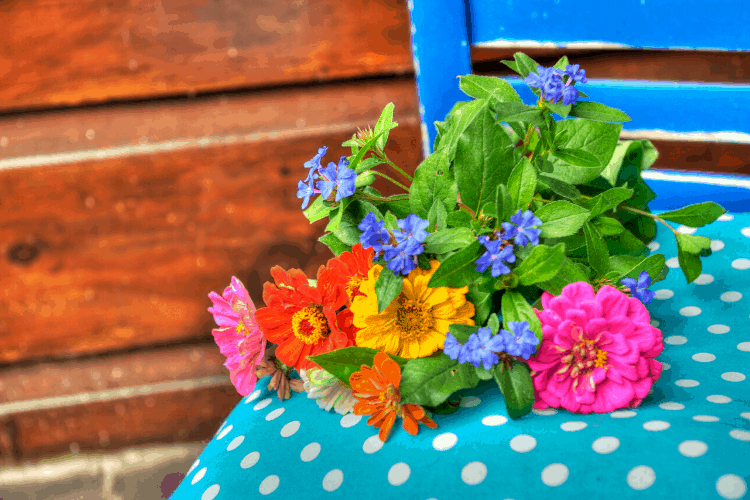
How to Deal With Disease on Zinnias
Zinnias are susceptible to a variety of diseases including powdery mildew and blight. Both are fungal diseases that will destroy the plants if left untreated.
Powdery mildew appears as whitish patches on the leaves that look frankly just like you’d expect mildew to look.
Blight appears as round spots with distinct brown coloring that will also take over all the leaves until it destroys the entire plant.
There are several remedies including baking soda and water mixture, horticultural oils such as Neem oil, and others. A good starting point is to contact your local extension office for help.
- Plant seeds and plants far enough apart that they have air circulation between them
- Water at the base of the plant so they don’t have wet leaves for long – try to avoid showering them with water over the top
- Treat diseased plants as soon as possible and refrain from adding diseased leaves and stems to compost piles.
Overall, once you determine your planting zones for Zinnias, they can become a staple in your gardens every year. They bloom profusely, are easy to grow, and have gorgeous colors.
Your garden will be surrounded by butterflies, hummingbirds, and bees which are essential to healthy plants and the environment.
In addition, they make beautiful little vases of cut flowers for a super budget-friendly way to decorate with fresh flowers.
Happy Planting and don’t forget to Pin it!
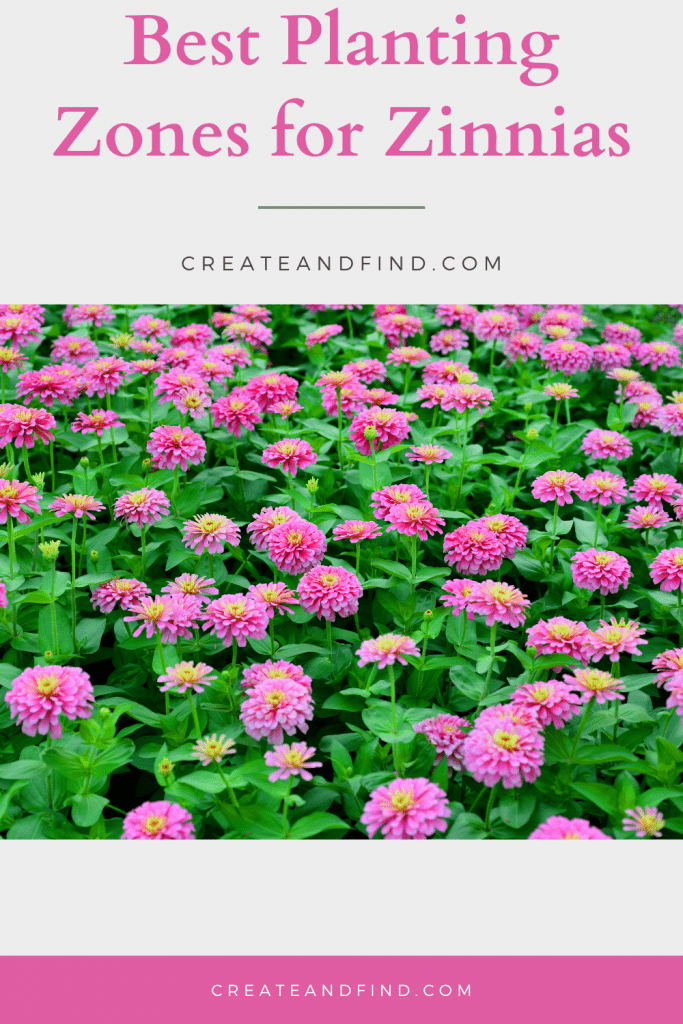
And for more planting posts:
Here are some of our most popular gardening/planting posts!
Long Blooming Flowers That Give You Months of Color
These flowers give you months of blooms all spring and summer long!








